How to grow black pepper at home?
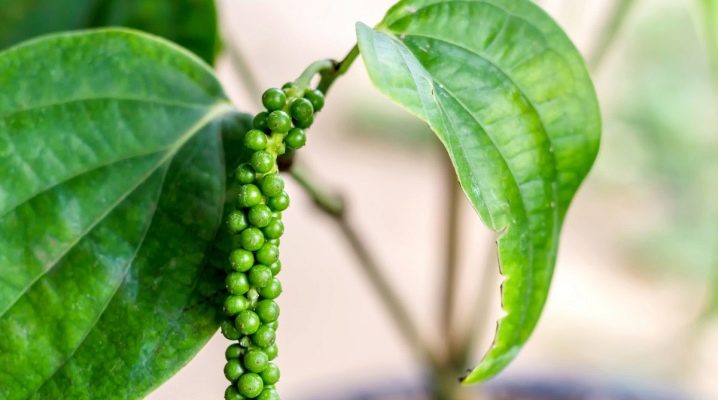
It is quite possible to grow such a popular spice as black peppercorns at home. If all the requirements of the crop are met, it will be possible to harvest the crop even several times per season.
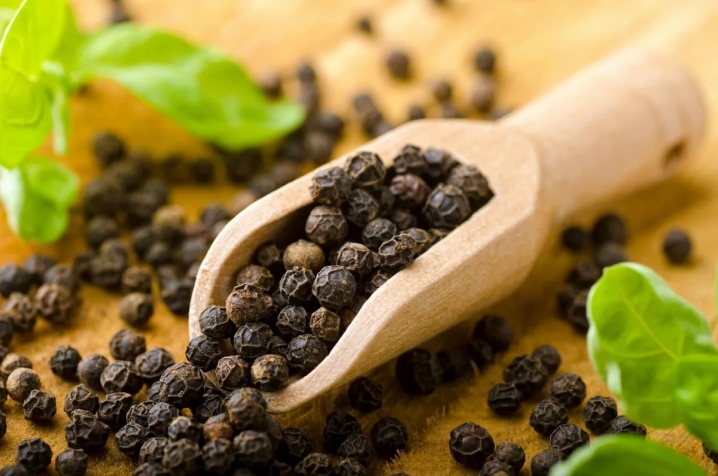
Variety selection
For self-cultivation of peas, many varieties are suitable. For example, early ripening is popular. Tellischer, for which 95-100 days are enough to reach the fruiting stage. Lush bushes stretch up to 0.8 meters in height, covered with large, strong-smelling balls. Abundant fruiting can occur several times a year.
The variety has a strong immunity and quickly adapts to changes in temperature and weather conditions.
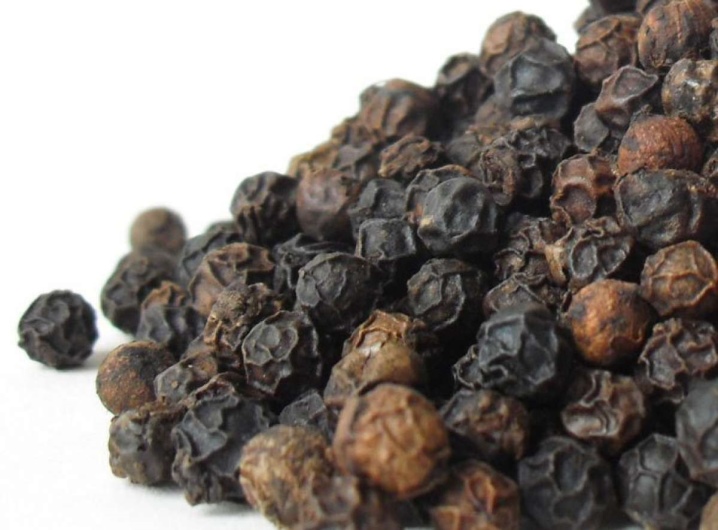
Variety "Malabarsky" it is also early maturing - you can remove peppercorns 90-100 days after planting. Fruits, colored in dark cherry color, look slightly elongated. The bush bears fruit actively - about 50 grains are formed on one brush, and in general, the gardener manages to get about 3 kilograms of pepper from each specimen. Malabarsky is famous for its good immunity and ability to survive at low temperatures.
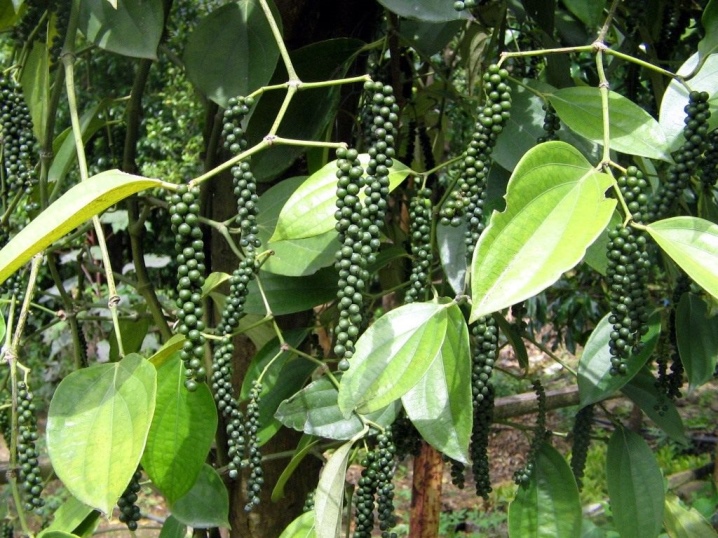
Fruit "Vietnamese" peppers ripen somewhere in 120 days after disembarkation. A large bush, which can be 1 meter high, is covered in clusters with 70 grains each.
The formation of ovaries occurs even under unfavorable conditions, which allows for the entire season to receive up to 3 kilograms of pepper from each planted specimen.
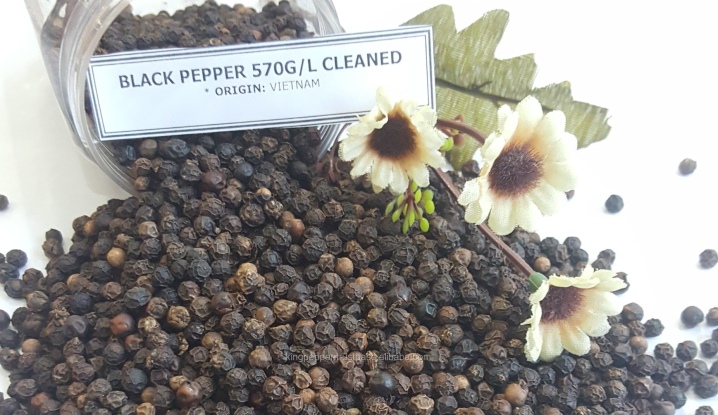
"Betel", being a hybrid, it forms a spreading bush up to 0.7 meters high, covered with a large number of leaves and small fruits. The latter takes from 95 to 100 days to fully ripen. This variety is characterized by abundant flowering and the appearance of peas with a pleasant aroma and spicy taste.

Sarawaku ripening takes from 115 to 120 days. The bush, stretching up to 1 meter in height, is covered with rounded, clearly smelling peppers.
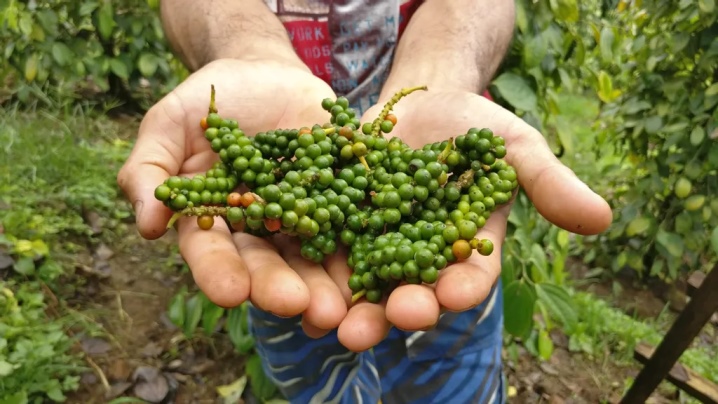
Hybrid "Ceylon" ripens early - already 100-110 days after sowing the seeds. The height of the bush reaches 80 centimeters, and the mass of the brush covered with fruits does not exceed 90 grams.
Elongated peppers with a bright taste and aroma have a decent keeping quality and tolerate transportation well.
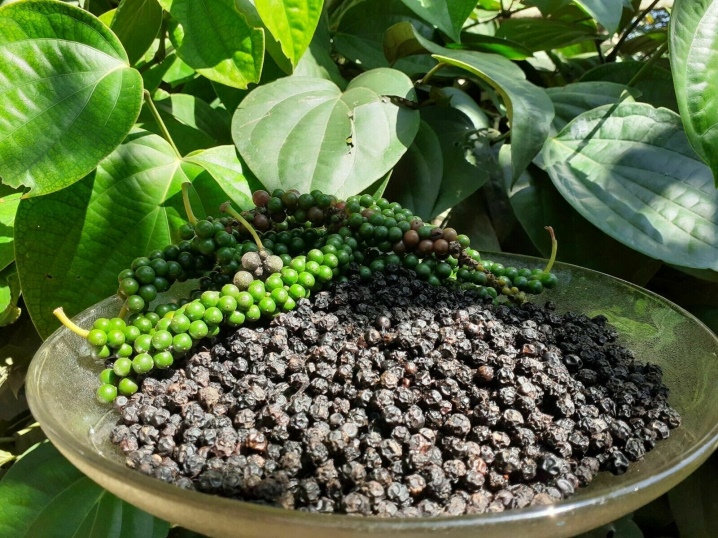
"Lampong" is late maturing - harvesting is possible no earlier than 130-140 days after sowing. The bush, stretching up to 1.5 m, is covered with small rounded peppers.
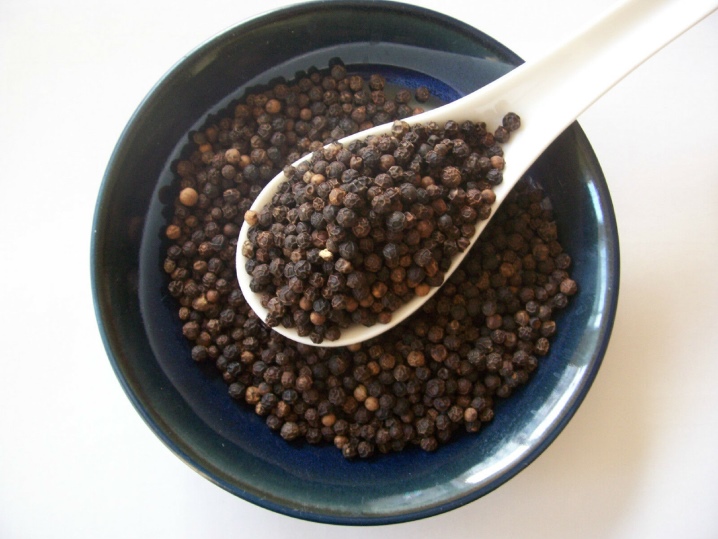
When can you plant?
Planting seeds for seedlings is carried out at the end of March. It is allowed to transfer seedlings to open ground only when they reach two months of age, that is, not earlier than June. It is important to remember that a capricious plant dies, if the temperature drops below +10 degrees. Before planting, the seedlings must be hardened for a couple of weeks, being gradually left in the fresh air for an increasingly long time.
If it is planned to grow peppercorns in an apartment throughout the season, then planting is allowed at any time, although it is better to focus on spring as well.

Preparation
Proper preparation plays an important role in sowing seeds.
Seeds
It is possible to successfully germinate both material purchased in a specialized nursery and one that is collected independently or even bought at a grocery store.... In any case, it is important that the date of collection and packaging does not go beyond 12 months. The largest and heaviest black peas, naturally dried, are used for planting. Selected samples are filled with warm water for 24 hours. A day later, those balls that float up will need to be disposed of or eaten.
Drowned peas are treated with a stimulant and placed on a napkin or piece of paper towel. Next, the workpiece is transferred to a flat plate filled with calcined and moistened sand. Everything is covered with cling film and put into a space where the temperature is maintained from +25 to +30 degrees. If everything is done correctly, then after a little over a week, the seeds should germinate. All these days, the planting material will have to be regularly ventilated and moistened.
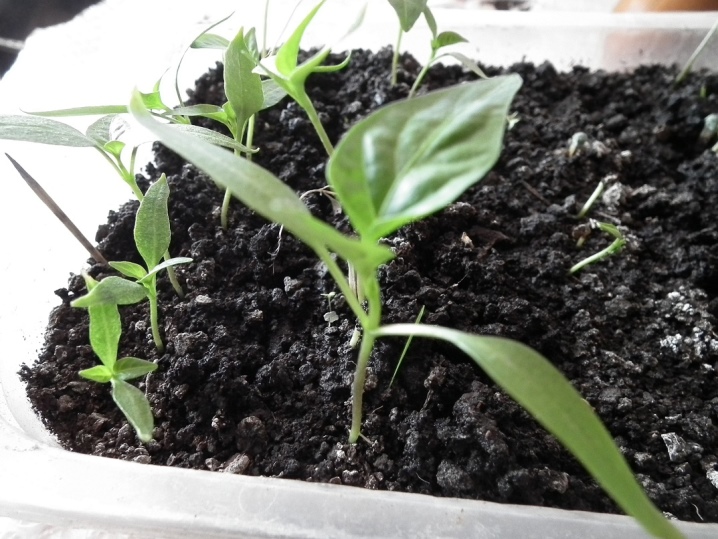
Priming
To grow black peppercorns, it is allowed to use a purchased soil mixture for tropical vines or a variation for orchids, supplemented with humus. It is not forbidden to prepare the substrate yourself from nutritious sod, land from deciduous forest, compost and alluvial sand. The components in this case are used in a ratio of 4: 2: 1: 1. Another option involves compounds in an equal ratio of earth, peat and humus. For greater nutritional value, about 0.5 liters of wood ash and a pair of superphosphate matchboxes are added to them.
In the absence of humus in the composition, it makes sense to ignite the selected mixture, and in all other cases it is allowed to simply spill it with hot water.
It will also be correct to decontaminate the soil by irrigating it with a pale pink solution of potassium permanganate prepared from 2-5 grams of crystals and a bucket of water.
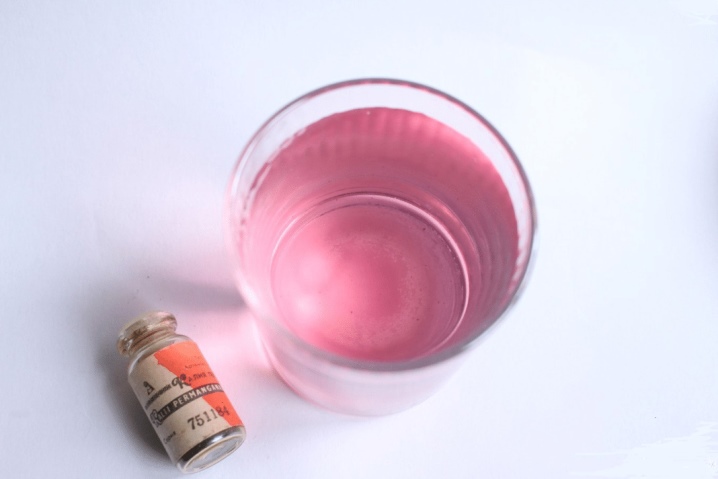
Capacity
For planting crops, a transparent orchid container or a wide and flat vessel is suitable. To prevent the soil mixture from drying out, preference should be given to plastic containers... In principle, the use of peat cups will also be a good solution. At the bottom of the container, a drainage layer is necessarily formed, for example, from fine expanded clay. The container is scalded with boiling water and filled with a substrate so that it does not reach the upper edge by 1-1.5 centimeters, and is irrigated with high quality.

How to sow?
After germination of the peas, they are planted in prepared containers. On the surface of the soil, using a pencil, recesses are carefully created with a depth of 1.5 to 2 centimeters. A grain is laid out in each with tweezers. In order to avoid a subsequent pick, you can immediately take a large flowerpot and place no more than a couple of peas inside. If one of the plants turns out to be weak, it can be transplanted or even eliminated altogether.
The container is tightened with cling film and removed there, where the temperature regime is maintained from +25 to +30 degrees... If you plant a pepper at home, then you must not forget about the culture's need for diffused lighting. It will be possible to expect seedlings after 3-4 weeks.
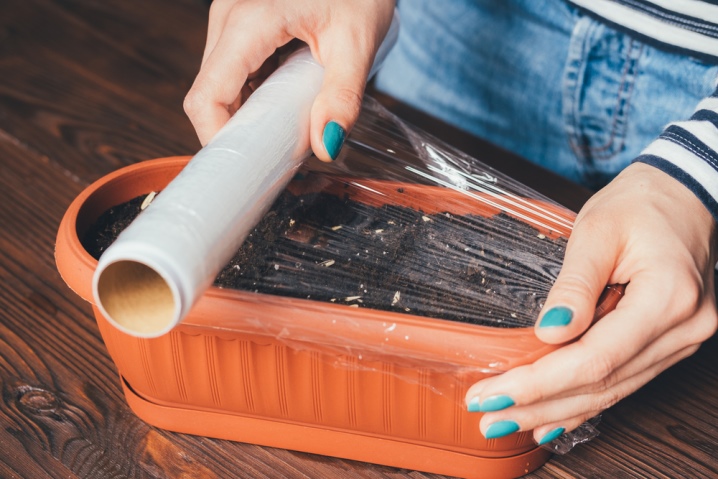
Pepper picking is carried out when the seedlings get stronger and acquire several full-fledged leaves. When planting several plants in a single container, about 2-3 centimeters should be kept between them. We must not forget that the culture has a delicate root system, and therefore all work must be carried out with great care.
The formation of the first pair of leaves requires the introduction of fertilizers - as a rule, we are talking about an infusion of bird droppings, although a purchased preparation is also suitable. In the next stage, the crop is planted either in a larger pot or in a heated greenhouse. It is necessary to clarify that in the open ground of a summer cottage, black pepper can be grown only as a non-fertile decorative annual.
The last transplant requires containers that are at least 10 centimeters in diameter.
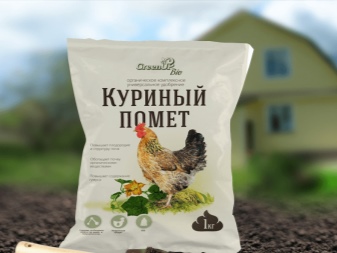
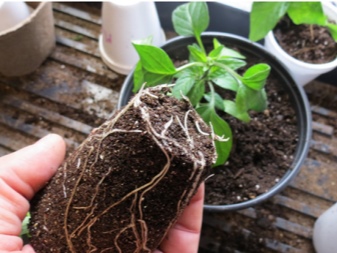
Favorable conditions and care
Growing black peppercorns at home - in a greenhouse in the country or in a pot on a windowsill - requires certain conditions. Since the plant reacts well to light, it will like the southern windows most of all. However, such a solution will require additional organization of protection to obtain scattered light. The culture will treat the western and eastern cultures normally, but the northern ones will quickly wither away. The length of daylight hours for a plant should be about 12 hours, therefore, on cloudy and rainy days, additional lighting with special lamps will be required.
The easiest way to grow peppercorns is at a temperature of +25 degrees. A small deviation is not critical, but a drop below +15 degrees slows down the growth of the culture. The plant does not impose special requirements for air humidity, but once a week it should be sprayed with clean water from a spray bottle. By the way, in the summer months, it is proposed to simply carry containers with pepper to the balcony, providing them with protection from dry wind, precipitation and direct sunlight.

Irrigation of pepper should be carried out 2-3 times a week, and each container should take from 200 to 250 milliliters of settled liquid at room temperature. The easiest way is to focus on the condition of the soil - its drying out indicates the need for watering. As mentioned above, the first feeding is carried out when 2-3 leaves are formed on the seedling. An alternative to the infusion of bird droppings can be a mixture based on superphosphate. First of all, 30 grams of the drug are diluted in 10 liters of water, requiring daily infusion. Further, the fertilizer is supplemented with 10 grams of ammonium nitrate, 30 grams of calcium sulfate and 10 grams of urea. The mixture introduced into the root part contributes to the active growth of green mass.
The next top dressing pepper requires when transplanting to a permanent habitat. For this purpose, it is enough to dilute 10 grams of urea and 5 grams of superphosphate in a bucket of water. The third time fertilizers are applied during flowering - 1 teaspoon of potassium, the same amount of carbamide, 2 tablespoons of superphosphate and 10 liters of water. Each bush will need 1 liter of the resulting nutrient mixture. Finally, the last dressing is applied when the pepper begins to bear fruit.
The complex preparation "Aquadon-micro" allows to improve the yield, 50-70 milliliters of which are dissolved in a bucket of water.

In winter, pepper irrigation will have to be reduced to 1-2 times a week, and spraying should be carried out using warm water. The air humidity must always remain at the required level. Containers should be moved away from heat sources, i.e. batteries, and provided with additional lighting. It is most correct to use the lamps in the morning and in the evening for 2-3 hours. If it is decided to leave the plantings on the windowsill, under which the battery is mounted, then it is better to create a foam layer between them, which prevents overheating of the roots of the culture. The temperature in winter should not go beyond + 18 ... 20 degrees.
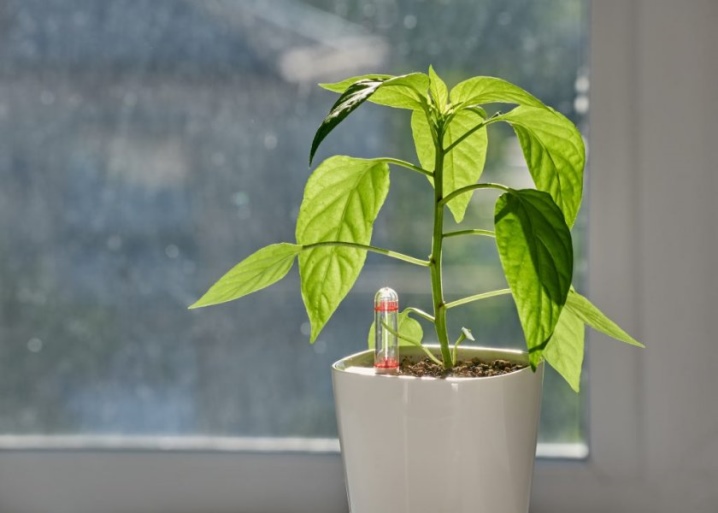













The comment was sent successfully.